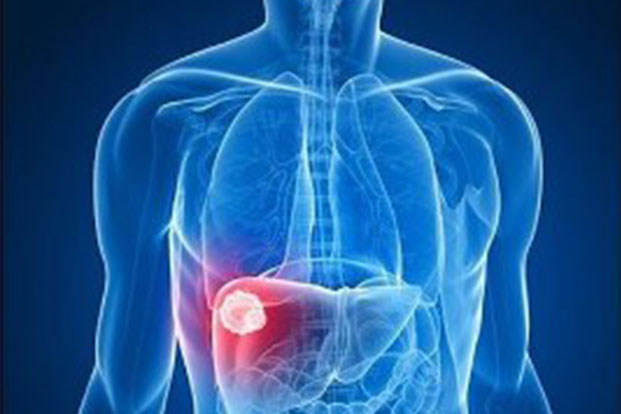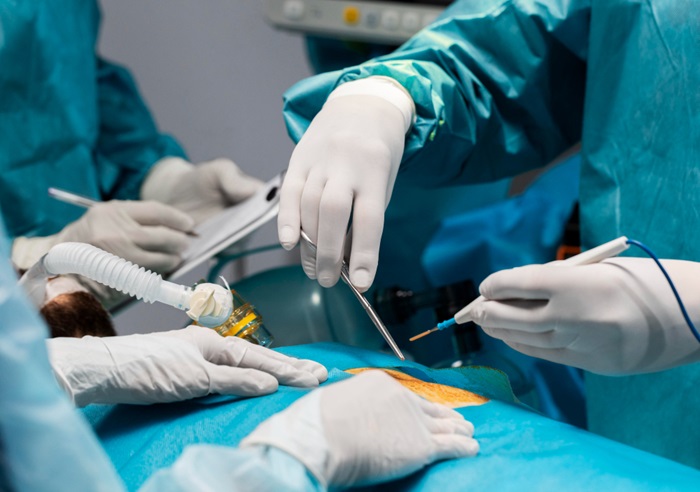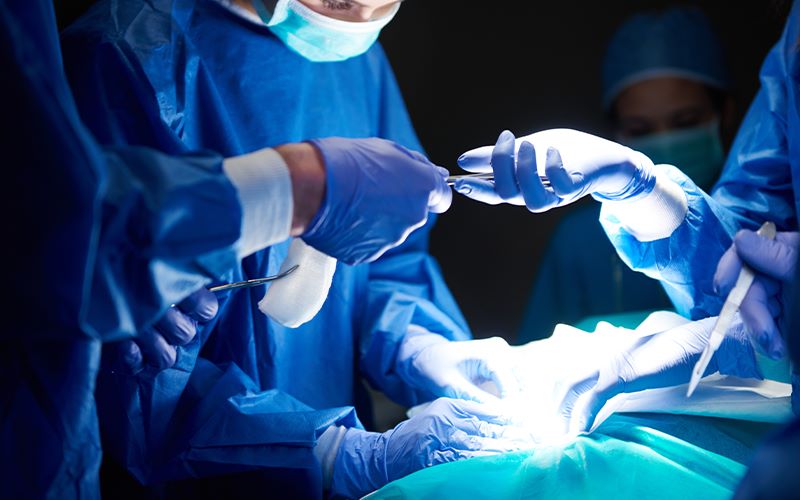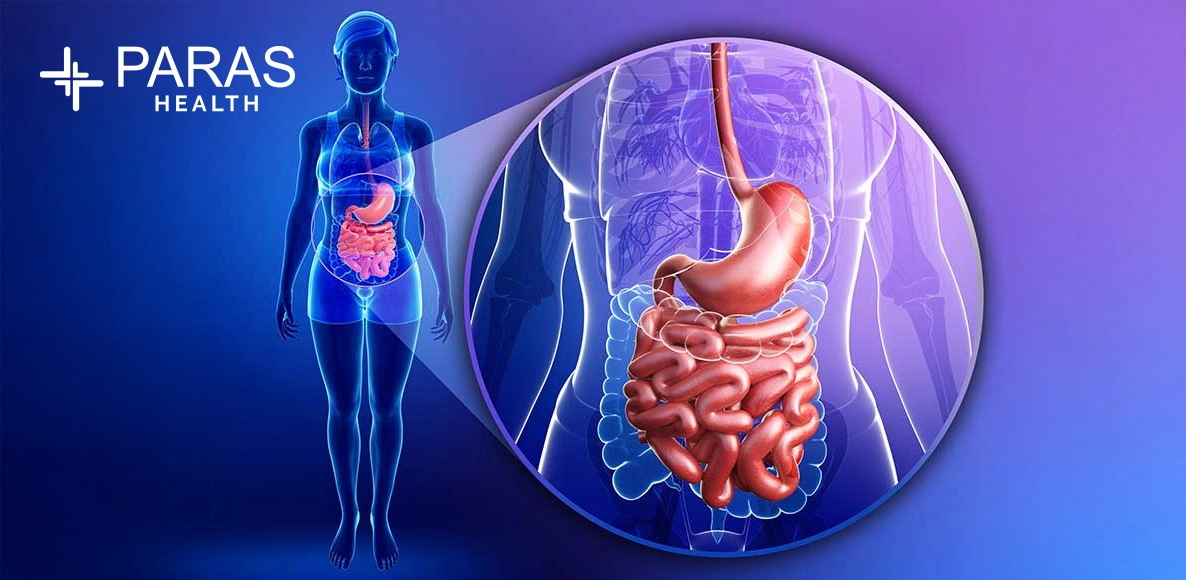What are the symptoms of Fatty Liver?

Apr 19, 2022
Non- alcoholic fatty liver disease (NAFLD) is a condition where fat builds up in the liver even without any intake of alcohol. When more than 5%-10% percent of the liver’s weight is made up of fat, it is called a fatty liver. This is a condition that includes the presence of central obesity, hypertension, diabetes or impaired fasting sugar, high triglycerides.(a type of blood fat ) and low HDL( the good cholesterol ). Patients with metabolic syndrome have a higher likelihood of developing the fatty liver disease and are at a greater risk of having the progressive liver disease. Liver cancer too can develop silently, and many times is diagnosed only on routine scans such as ultrasound. NAFLD is initially diagnosed by ultrasound and blood tests as they may show high levels of liver enzymes (liver function tests). Additional tests are often done to rule out liver disease.

Signs and symptoms associated with fatty liver:
- Typically, there are no symptoms. However, patients can develop few symptoms such as a feeling of fullness in the abdomen, or “gas” like feeling.
- Heaviness /mild dull aching pain in right upper part of the abdomen.
- Decrease in appetite
- Unexplained weight loss.
- Generalized weakness or fatigue.
- If fatty liver progresses to cirrhosis then, symptoms can be included:
- Itchy skin.
- Easily susceptible to bruises and bleeding.
- Fluid accumulation in the abdomen.
- Swollen legs.
- Spider-like blood vessels on the skin of the chest.



.png)
.jpg)


